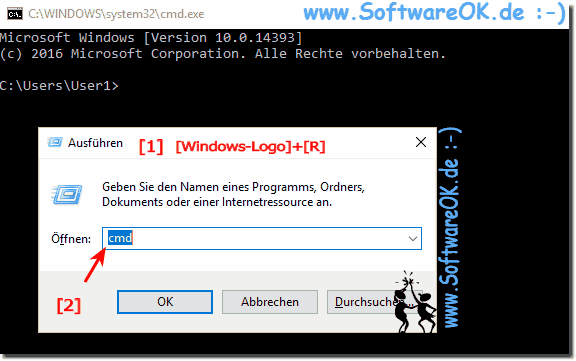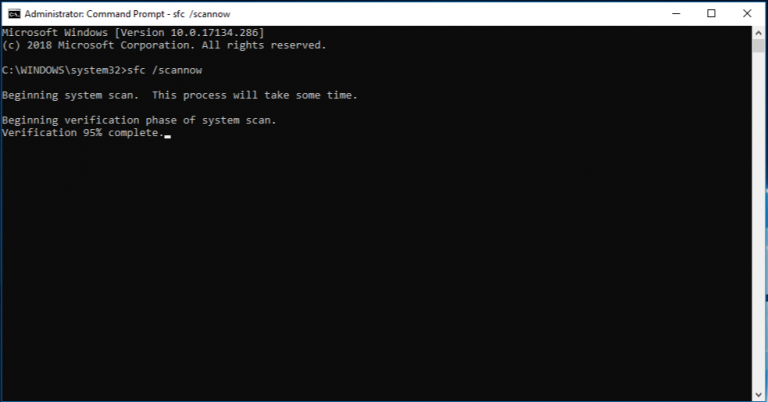

On your phone, you can choose which characteristics you wish to subscribe to via a mechanism called notify. In our case, we have an LED characteristic and a button characteristic. create button characteristic and allow remote device to get notificationsīLECharCharacteristic buttonCharacteristic("19B10012-E8F2-537E-4F6C-D104768A1214", BLERead | BLENotify) // allows remote device to get notifications create switch characteristic and allow remote device to read and writeīLECharCharacteristic ledCharacteristic("19B10011-E8F2-537E-4F6C-D104768A1214", BLERead | BLEWrite) Services and characteristics are defined in the sketch here: BLEService ledService("19B10010-E8F2-537E-4F6C-D104768A1214") // create service These are like the different sections in the newspaper. Each service, in turn, can have multiple characteristics. Just as the New York Times prints both the Times and The Boston Globe, the Arduino 101 can have multiple services. Readers or Central Devices like your phone can subscribe to the news. The Arduino 101 prints 'news', called a service, every now and then. You can think of your Arduino 101, or any BLE Peripheral, as a newspaper publisher, say, the New York Times. set the UUID for the service this peripheral advertises:ītAdvertisedServiceUuid(ledService.uuid()) The profile is created within the setup on lines 25-28 of the sketch: // set the local name peripheral advertises All this data together is called the GAP, or General Advertising Profile.
#CMD C START LOW BLUETOOTH#
UUIDs are the randomly generated 128-bit characters that identify a unique Bluetooth service. You can also see the service UUIDs and characteristic UUIDs (in this case they're the same). Use the help switch with the ping command to show detailed help about the command's several options.Once you're connected, you can see the advertisement data, including its Local Name (ButtonLED gets cut short to ButtonLE since the General Advertising Profile uses the Shortened Local Name, which only allows 8 characters). This is the destination you wish to ping, either an IP address or a hostname. This forces the ping command to use IPv6 only but as with the -4 option, is only necessary when pinging a hostname. This forces the ping command to use IPv4 only but is only necessary if target is a hostname and not an IP address. Use this switch to ping a Hyper-V Network Virtualization provider address. Use this option to specify the source address. This option tells the ping command to trace the round trip path. If you don't use the -w option, the default timeout value of 4000 is used, which is 4 seconds.

Specifying a timeout value when executing the ping command adjusts the amount of time, in milliseconds, that ping waits for each reply. The maximum value for count is 4, meaning that only the first four hops can be time stamped. Use this option to report the time, in Internet Timestamp format, that each echo request is received and echo reply is sent. The maximum value for count is 9, so use the tracert command instead if you're interested in viewing all the hops between two devices. Use this ping command option to specify the number of hops between your computer and the target computer or device that you'd like to be recorded and displayed.
#CMD C START LOW WINDOWS#
Beginning in Windows 7, this option no longer functions but still exists for compatibility reasons. This option allows you to set a Type of Service (TOS) value. This option sets the Time to Live (TTL) value, the maximum of which is 255. The -f option is most often used to troubleshoot Path Maximum Transmission Unit (PMTU) issues. Use this ping command option to prevent ICMP Echo Requests from being fragmented by routers between you and the target. The ping command will send a 32-byte echo request if you don't use the -l option. Use this option to set the size, in bytes, of the echo request packet from 32 to 65,527. The ping command will send 4 by default if -n isn't used. This option sets the number of ICMP Echo Requests to send, from 1 to 4294967295. This ping command option will resolve, if possible, the hostname of an IP address target. Using this option will ping the target until you force it to stop by using Ctrl+C.


 0 kommentar(er)
0 kommentar(er)
